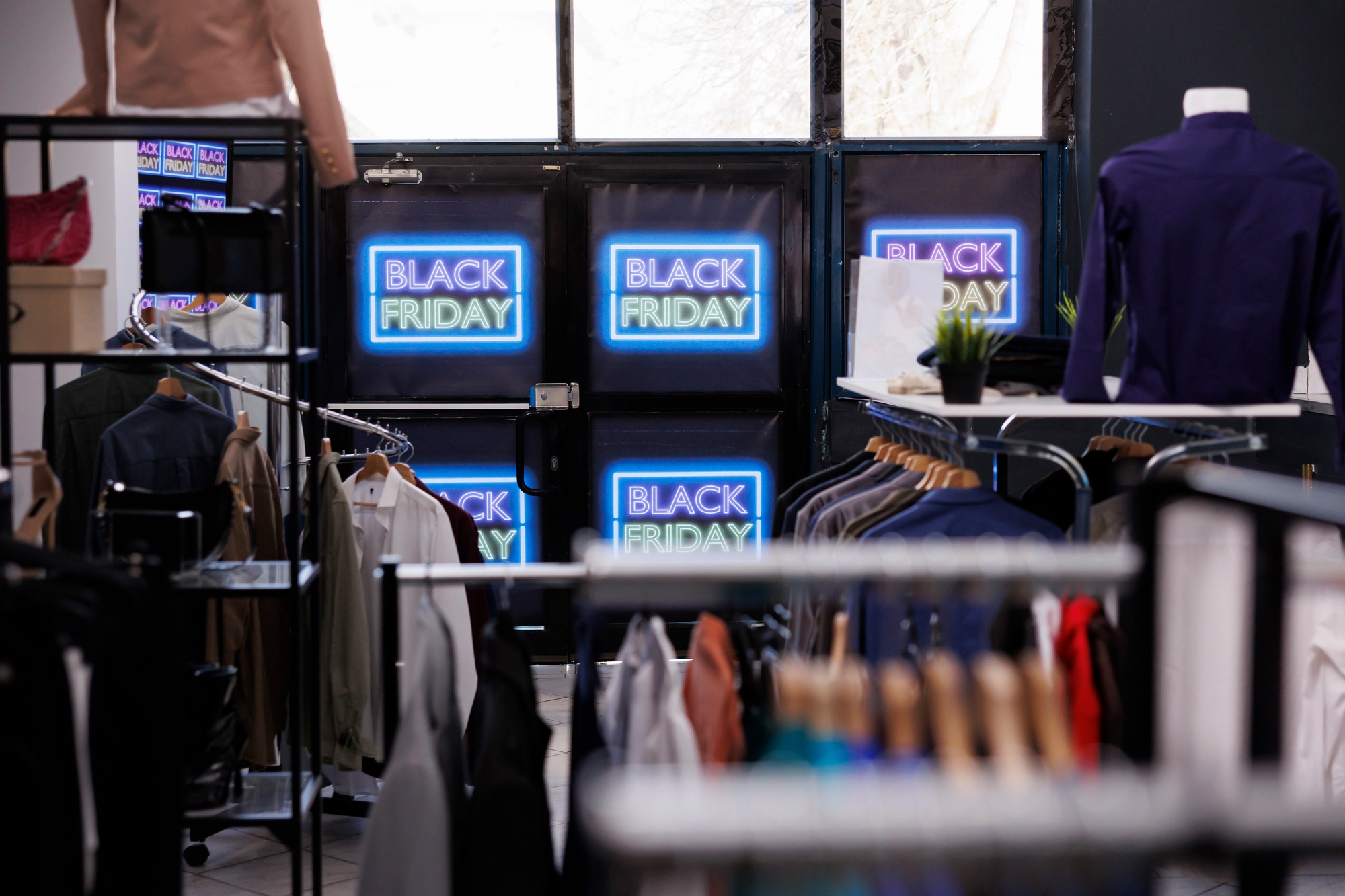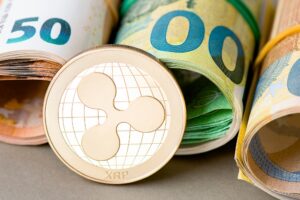Prime Day has become one of the most anticipated shopping events of the year, with millions of consumers eagerly awaiting the discounts on electronics, home goods, and more. However, questions have arisen about whether these deals truly offer immediate savings or if they are simply marketing ploys to boost sales.
Historically, Prime Day has been a significant driver of Amazon’s sales, with many other retailers participating by offering competitive discounts. Consumers often see substantial price reductions, leading them to believe they are making wise financial decisions. Yet, some experts argue that many deals are inflated or only slightly better than regular prices, making the actual savings less impressive than they appear.
Recent studies and consumer reports suggest that while some products are genuinely discounted, many are not. For example, electronics and appliances tend to see better deals, but clothing and household items sometimes only see marginal discounts or even higher prices before the event, which then appear reduced during Prime Day.
The implications are vast, affecting both consumers and retailers. Shoppers might spend impulsively on items they don’t need, believing they are getting a bargain, which could lead to unnecessary expenses. Retailers, on the other hand, use Prime Day to clear inventory but also to attract new customers and boost brand loyalty.
Market analysts note that the true value of Prime Day deals depends on prior knowledge of product prices and careful comparison shopping. Consumers are encouraged to research and track prices beforehand to determine whether the discounts are genuine or just marketing tactics to create a sense of urgency.
Next, consumers should stay alert for potential pitfalls, such as limited stock, higher shipping costs, or non-returnable items. Retailers may also increase prices just prior to Prime Day, then slash them to create the illusion of a significant discount, so vigilance is key.
Are Prime Day discounts better than regular sales?
Some discounts during Prime Day are comparable to or even better than regular sales, especially on electronics and popular brands, but others may be inflated or not worth the purchase.
How can consumers verify if a Prime Day deal is genuine?
Compare the deal price with historical prices, use price-tracking tools, and research the product’s typical retail price to ensure the discount is real.
What should shoppers do to maximize savings during Prime Day?
Plan ahead by making a list of needed items, research prices beforehand, and set alerts to monitor price drops for the best deals, avoiding impulsive purchases.







